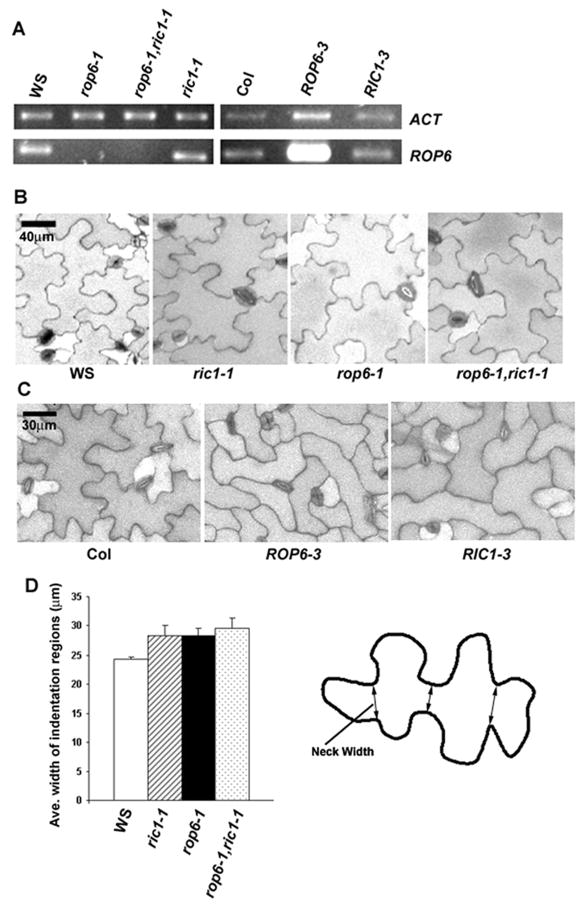Figure 1. Genetic analyses indicate that ROP6 and RIC1 act in the same pathway to promote the formation of narrow necks in pavement cells.
(A) RT-PCR analysis of ROP6 transcript levels in wild type (WS), rop6-1, rop6-1;ric1-1, ric1-1 (in WS background), wild type (Col), and ROP6 and RIC1 overexpressing lines (ROP6-3 and RIC1-3, in Col background).
(B) Pavement cell shapes of WS, rop6-1, ric1-1, and rop6-1;ric1-1 double mutants.
(C) Pavement cell shapes of Col, ROP6-3 and RIC1-3 mutants.
(D) Quantitative analysis of neck widths for WS, rop6-1, ric1-1, and rop6-1;ric1-1 double mutants. The differences in neck widths between WS and other mutants or double mutant line were significant (p<0.05, t-test), with no significant differences between the rop6-1;ric1-1 double mutant and rop6-1 or ric1-1 single mutant. In each line, a total of about 250 cells from 3 seedlings was measured. The carton on the right illustrates how the neck width was measured. All data are means ± standard deviation.

